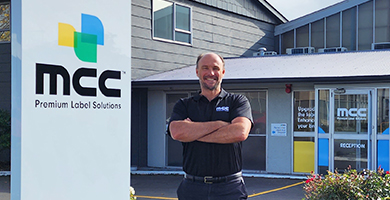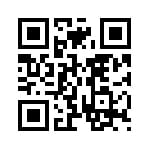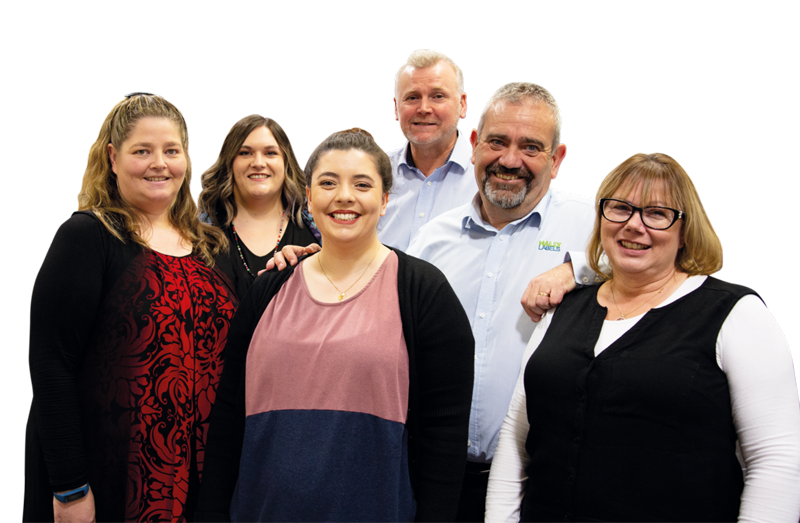Thermal printing is the ability to overprint variable information to a label such as a use by date, a price, or a batch code. There are two thermal printing methods; direct thermal and thermal transfer.
Each method uses a thermal print head that applies heat to the surface being marked. Thermal transfer printing uses a heated ribbon to produce durable, long-lasting images on a wide variety of materials.
No ribbon is used in direct thermal printing, which creates the image directly on the printed material. Direct thermal media is more sensitive to light, heat and abrasion, which reduces the life of the printed material.
For more details, read our blog post Understanding Thermal Labels: Direct Thermal vs. Thermal Transfer.
Special label materials are required for both types, see our thermal labels page for more information.



 1800 773 331
1800 773 331 0800 152 162
0800 152 162

























